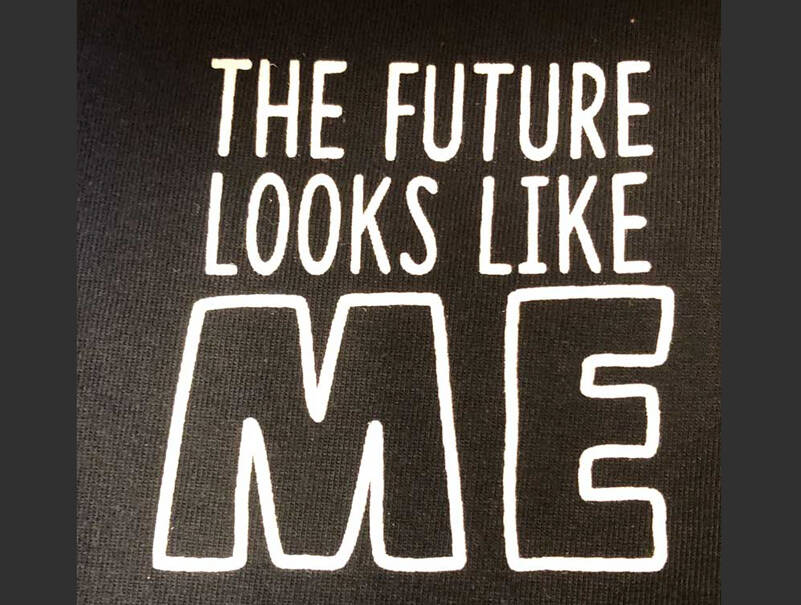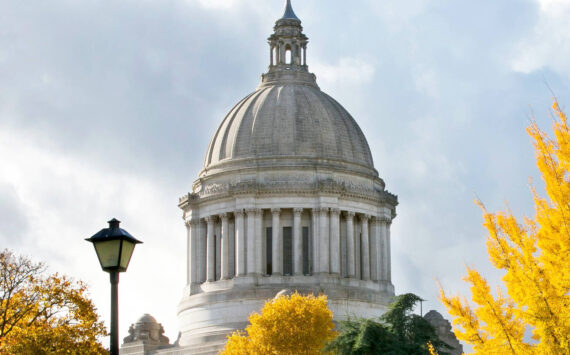By Morf Morford, Tacoma Daily Index
A few eons ago, when I went to college, being a “poor college student” was a prime operating principle for me – and nearly everyone I knew.
We all seemed to scrimp and share. Car-pooling and sharing food and housing was a central feature of student life. Free food guaranteed participation in many student clubs back then.
Like many people I knew at the time, I didn’t have a car until a few years after college.
But, as the saying goes, that was then, and this is now.
We may have been poor back then, but student debt was rare.
Many of us rode bikes, took buses or even hitch-hiked, but few of us knew, or even imagined, student debt.
Even on an extreme budget, many students of the time back-packed and trekked across Europe and Mexico, if not further.
Students scavenged food, clothing and building materials. Hand-made houses, growing your own and DIY (do it yourself) and scrimping in general were the guiding life principles for many that I knew back then.
Living “off the grid” was not an abstraction or slogan back then. I knew many who did it, at least on a temporary basis.
Even future luminaries like Steve Jobs hitch-hiked, slept on the floor of dorm rooms and picked up bottles and cans to be returned for the deposit and went to churches for free meals.
That resourcefulness and resilience seems gone now, but the need and insecurity seems to be back – with a vengeance.
Back then we (for the most part) saw our economic precarity as just another aspect of being young and adventurous.
We “made-do” and improvised – and, for the most part, were proud of it.
We told stories, wrote books and sang songs about our adventures on the road and getting by.
As I mentioned earlier, that was then.
The “now” that most students inhabit is very different.
There’s a big difference between being poor and being in debt
In some ways, dorms and cars and fast food have made life easier. But it many ways they have made the future, and maybe even the present, far harder.
A generation ago, we didn’t have much, but we knew we’d have more. Current students don’t know that.
All too many current students scrimp now, (but spend vastly more than my generation could have imagined) and, in spite of, or because of their spending often have a paralyzing amount of student debt which impacts their ability to start their business dreams or buy a home.
But it’s not just the future that is impacted.
According to a recent survey, more than 9,700 students from 39 colleges and universities across Washington State participated in the first-ever statewide postsecondary basic needs survey.
To no one’s surprise, the results show stark challenges for many Washington students (you can see the full report here).
Among other things, almost 4 in 10 students surveyed (38.3%) reported experiencing food insecurity in the previous 30 days.
And over a third (34.2%) reported experiencing housing insecurity in the previous 12 months, with more than 1 in 10 (11.3%) having experienced homelessness.
As you might expect, there were regional differences. Basic needs insecurity were high across all regions in the state, from 45% in North Puget Sound to nearly 58% in South Central Washington.
And there was little difference between two and four-year institutions; when it came to basic needs not being met, two-year colleges (50.2%) and four-year colleges (48.8%) were statistically the same.
The seemingly intractable racial divide revealed itself yet again, with American Indian/Alaska Native students and Black students reporting basic needs insecurity at rates 20 percentage points higher than white students.
And even worse, students formerly in foster care reported the highest rates of basic needs insecurity: 67.5% experienced food insecurity, and 23.7% experienced homelessness.
In short, higher education is, and for many of us always has been, a sacrifice not everyone can afford.
College, and perhaps education at every level, has been the ultimate exercise in delayed gratification. We, students, parents, and to a degree, all of society, put aside our immediate needs for more rewarding results later.
Education and preparation for a career is always an investment.
When I was in college, I went many days where I ate less than I wanted. But I knew that I would survive and that there were better times ahead.
To far too many students now, hunger, debt and the ever-present threat of homelessness are not abstractions, but all too familiar stops along the way to a tentative future.
Less than half of young people in Washington, according to yet another survey reveals that they do not expect to reach the same level of financial security as their parents.
Education, as I mentioned, might always be a sacrifice, but it is the best investment any of us could make in the future.






